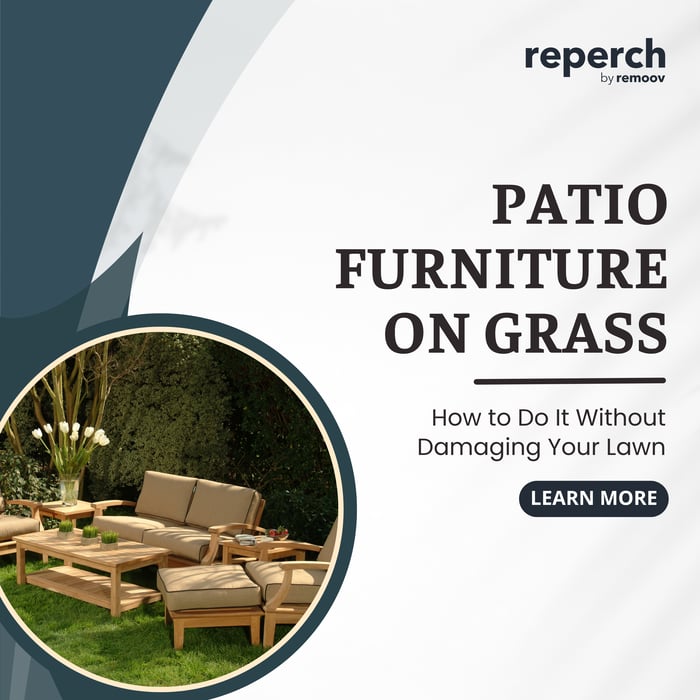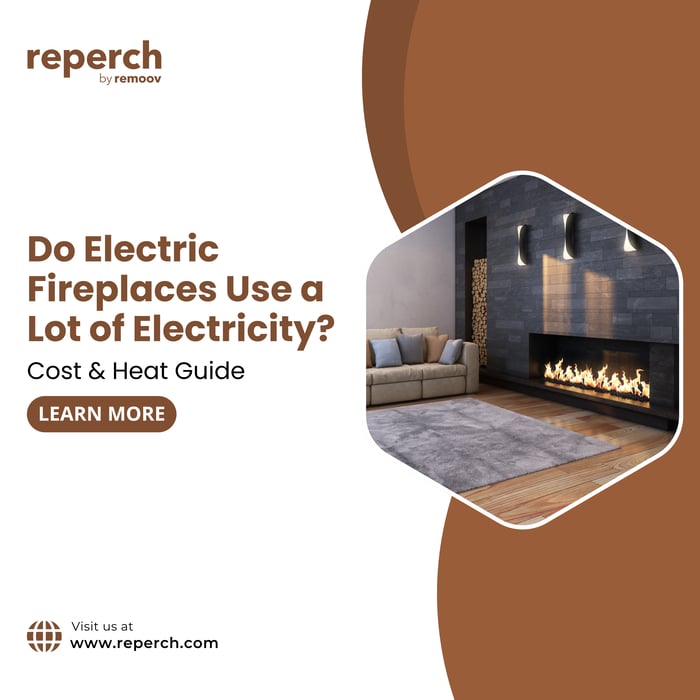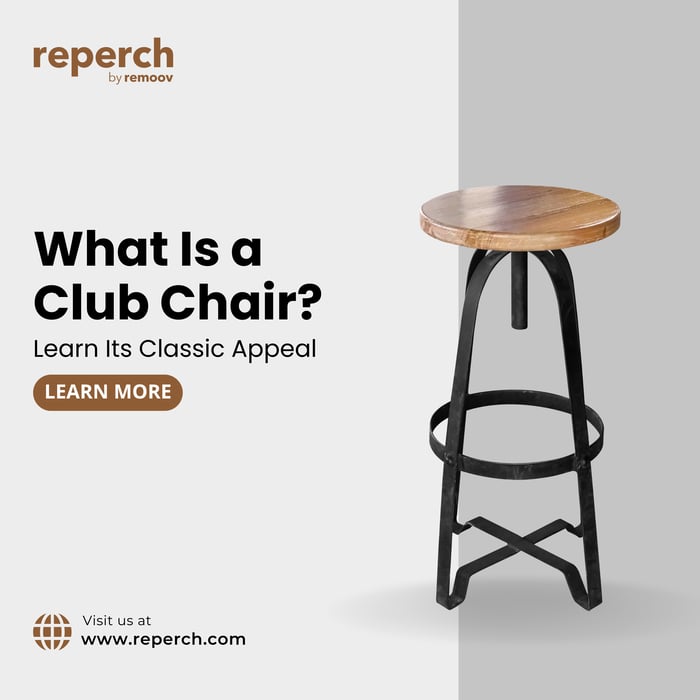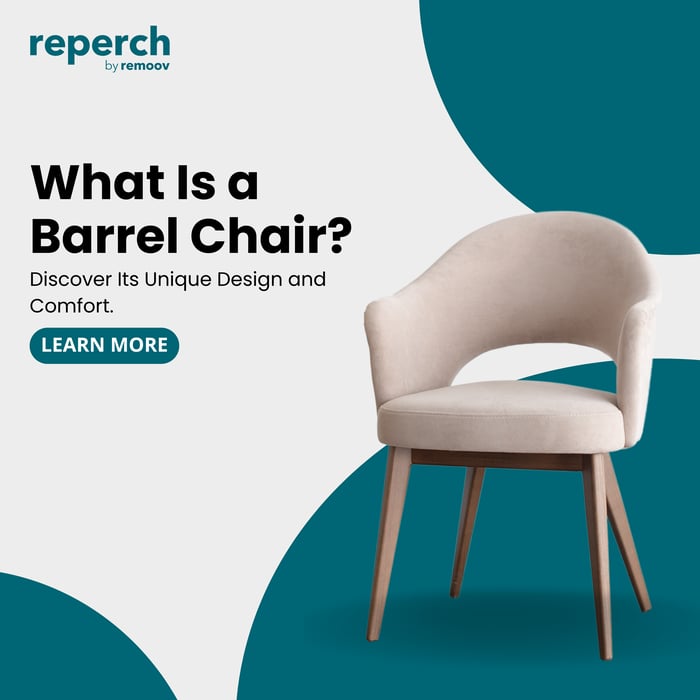A lawn can be the most relaxing room you own. The problem is that grass and patio furniture do not always get along. Chairs sink, tables wobble, legs leave dead patches, and moisture can ruin frames and fabrics. The good news is you can build a comfortable seating area on grass without wrecking your yard or your furniture. This guide shows you how to plan the layout, protect the turf, choose the right materials, and keep everything stable through the seasons.
Quick answer
Yes, you can place patio furniture on grass if you spread weight, protect high-pressure points, and limit continuous coverage. Use wide feet or pads under legs, a breathable base under heavy pieces, and rotate the layout weekly. For long-term setups, install a small hardscape pad or artificial turf section where the furniture lives most of the time.
Why grass struggles under furniture
Pressure kills blades and roots: Thin chair legs can reach more than 20 psi on soft soil, which crushes blades and compacts the root zone.
Moisture and microbes: Grass holds dew and irrigation water. Wood and some metals absorb or trap moisture, which leads to mold, rot, or rust.
Uneven ground: Even a slight slope makes tables rock and chairs feel unsafe.
Traffic patterns: Fixed layouts block sunlight and air, which turns patches yellow within a week or two.
Step 1: Plan your layout to match the lawn
Measure first.
Bistro set for two: about 35 sq ft
Four-seat dining: 80 to 100 sq ft
Lounge set for six: 120 to 160 sq ft
Pick the healthiest turf. Choose a firm, well-drained area away from downspouts. Avoid low spots that stay damp after watering.
Test stability. Place one chair and sit. If the leg sinks more than a centimeter, you need wider feet or a temporary base.
Step 2: Choose furniture that plays nicely with grass
Best frame materials for lawn use
Material | Moisture Resistance | Weight on Grass | Notes |
Powder coated aluminum | Excellent | Light and stable with wide feet | Will not rust, easy to move for rotation |
Resin wicker on aluminum | Excellent | Light to medium | Choose flat, capped feet to spread load |
High density plastic | Excellent | Light | Durable, easy to clean, good for wet zones |
Teak or treated hardwood | Good | Medium to heavy | Seal annually, use pads to prevent leg staining |
Wrought iron | Fair | Heavy | Can sink in soft soil, add wide cups or bases |
Seat and table design to favor:
Wider feet or sled bases that spread weight
Cross braces that resist racking on uneven turf
Tables with adjustable glides for micro leveling
Cushions and fabrics:
Outdoor performance fabrics that dry fast
Removable covers so you can store them between uses
Step 3: Protect the lawn under the legs and bases
Fast fixes for temporary setups
Castor cups or wide-leg pads: Choose 2- to 3-inch diameter cups for most chairs and 3- to 4-inch for tables.
Breathable outdoor rugs: Use open-weave designs that let moisture escape. Avoid vinyl-backed mats that trap water.
Plywood squares or composite tiles: Place a 6- to 8-inch square under each table leg to prevent sinking on soft days.
Floor protection mats: Grill or equipment mats work under heavy tables. Use only for a few hours at a time, then lift to let grass breathe.
Semi-permanent bases that still look natural
Pavers: A 4-pad layout under table legs keeps grass alive between pads and provides a solid feel.
Gravel pads: A compacted 2- to 3-inch-deep pea gravel rectangle drains fast and avoids puddles. Edge with steel or composite strips.
Artificial turf insets: A small synthetic grass pad resists wear, stays level, and still looks green year-round.
Step 4: Make it stable and safe
Spread the load. Weight per leg equals the total seated weight divided by four. If a 200-pound seated load sits on a chair with a 1-inch foot, pressure spikes. A 3-inch diameter pad drops pressure by roughly nine times, which prevents sinking.
Level once, enjoy all season.
Use a long level or a taut string to set the table area flat.
Micro-adjust glides so glasses do not slide.
On slopes, orient chairs across the slope rather than downhill.
Anchor tall pieces. Umbrellas, cabanas, or egg chairs need anchors or weighted bases on grass. In windy areas, remove canopies when not in use.
Step 5: Work with your climate
Reperch serves customers across regions with very different turf and weather. Calibrate your setup to local conditions.
Bay Area notes
Winter rains soften soil. Use wider cups from November to March and rotate weekly.
Coastal fog means longer leaf wetness. Favor aluminum or resin frames and store cushions overnight.
Phoenix metro notes
Hot, dry summers stress lawns. Avoid covering grass all day. Lift rugs at noon and water deeply in the evening.
Choose heat-tolerant materials. Aluminum and HDPE stay cooler to the touch than dark iron frames.
Step 6: Weekly rotation and lawn care
Rotation schedule
Move lightweight chairs every 3 to 4 days by at least 6 to 12 inches.
Shift tables weekly so each leg lands on fresh turf.
Lawn recovery plan
After you lift pads, gently rake matted blades upright.
Water compacted spots, then aerate with a hand fork.
For yellowing circles, topdress with a thin layer of compost and overseed if needed. Most patches rebound within two weeks when traffic is removed.
Quick setup recipes
One afternoon gathering
Place a breathable outdoor rug for the serving table.
Use 3-inch caster cups under each chair.
Lift the rug at the end of the event to dry the lawn.
Weekend lounge zone
Lay four pavers under table legs.
Add wide foot pads to lounges.
Rotate the set on Sunday evening.
Season-long conversation nook
Install a small gravel or paver pad sized to your set.
Surround with lawn or groundcovers to keep a green look.
Keep a lightweight side table on grass for flexibility.
Surfaces comparison
Surface | Drainage | Stability | Grass Impact | Maintenance |
Grass with pads | Good if rotated | Medium | Low to medium | Rotate and lift weekly |
Breathable rug on grass | Fair | Medium | Medium if left down | Lift and dry after use |
Paver pad | Excellent | High | None under pad | Sweep and weed joints |
Pea gravel pad | Excellent | High | None under pad | Rake level sometimes |
Artificial turf inset | Excellent | High | None | Hose off as needed |
Common mistakes to avoid
Leaving a solid mat on grass for weeks at a time
Using thin, pointed chair legs without cups
Storing damp cushions on the lawn overnight
Dragging furniture across turf instead of lifting
Placing heavy items near downspouts or low spots
Cleaning, storage, and storm prep
Wipe frames after wet mornings to prevent residue buildup.
Store cushions in a deck box when not in use.
Before storms, remove umbrellas and move chairs off saturated soil.
At season’s end, clean hardware, check glides, and reseal wood.
Sustainable style with Reperch
Reperch curates quality secondhand and vintage outdoor pieces that hold up outside and look great on a lawn-friendly setup. Choosing pre-owned furniture reduces waste and gives well-made frames a longer life. Many of our aluminum and resin wicker sets pair perfectly with small paver or gravel pads, so you get a stable, breathable base and a layout that protects your turf.
If you are styling a balcony, small yard, or rental, ask us for pieces with wide feet or sled bases, stackable chairs for easy rotation, and performance fabrics that dry fast. We can also suggest side tables and storage solutions that keep cushions clean between uses.
FAQs
Can I leave furniture on grass all summer?
You can, but rotate weekly and use wide pads under legs. Long continuous coverage will yellow the turf.
What is the best quick base under a table?
Four small pavers placed under each leg. They keep the table level and prevent sinking.
Will an outdoor rug kill the grass?
Breathable rugs are fine for short periods. Lift and dry the area after each use.
What furniture legs work best on grass?
Wide caps, sled bases, or legs fitted with 2- to 3-inch cups. Avoid thin points.
How do I fix circles of dead grass?
Rake, water, aerate, topdress with compost, and overseed. Keep furniture off the spot for two weeks.
Final thoughts
You do not need a deck to create an outdoor room you love. With smart weight distribution, breathable bases, climate-aware materials, and a simple rotation routine, your furniture stays stable and your lawn stays green. Start with quick pads for this weekend, then add a small paver or gravel pad for a season-long setup that looks polished and protects the turf.








